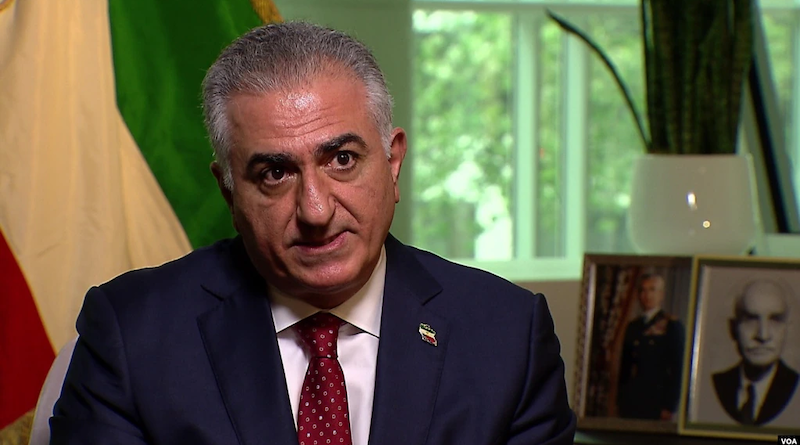The Monarchy Revival Project: An Attempt To Marginalize The Democratic Alternative – OpEd
In recent years, popular uprisings in Iran have clearly demonstrated that the people have moved beyond the entirety of the Velayat-e Faqih regime—and that they are no longer deceived by the regime’s diversionary tactics. The uprising of December 2017, with the historic chant “Reformist, hardliner, the game is over”, marked a turning point: the public’s break from factions within the ruling establishment and the beginning of a demand for fundamental change.
For years, the fraudulent reformist project, centered around the ballot box, cast a shadow over the country’s political and intellectual space—like a suffocating fog. In practice, this project served only as a survival mechanism for the regime and a platform for Western governments to appease and negotiate with the repressive Velayat-e Faqih. With that illusion finally cast aside, the real democratic alternative—the National Council of Resistance of Iran (NCRI), led by the People’s Mojahedin Organization of Iran (PMOI/MEK) and the network of resistance units—began to play a more prominent role in the protests.
The regime, having faced off with the Mojahedin both politically and militarily since the anti-monarchic revolution, knew exactly which force would be capable of organizing and leading future uprisings—just as it had in 2009 and 2017. As such, it launched a calculated campaign using its intelligence, propaganda, and media apparatus to divert the trajectory of the social revolution.
During the 2017 uprising, regime operatives infiltrated protest crowds and promoted the slogan “Reza Shah, rest in peace”, launching a project to revive nostalgia for monarchy. Though this ploy failed in the bloody November 2019 uprising—thanks to courageous and politically conscious protesters who set fire to the foundations of the regime—it managed to slightly sway the narrative during the 2022 protests, particularly in the diaspora.
From the short-lived Georgetown University project—which collapsed in just six weeks—to monarchist propaganda in colonialist media and social networks, all were attempts to fabricate a false image of an “alternative.” This project, focused on Reza Pahlavi, aimed to manipulate, divide, and distort the political discourse in order to sideline the true alternative, the NCRI. However, politically charged chants like “Death to the oppressor—be it Shah or Supreme Leader” and “No to monarchy, no to theocracy; yes to democracy and equality” made it clear that Iranians have not forgotten the overthrow of the Pahlavi dictatorship 46 years ago—and can see through the regime’s security-driven masquerade under the guise of monarchism.
The small, scattered, and largely failed gatherings of Reza Pahlavi supporters—held in cities like Berlin, Paris and Washington over the past year—were even described as “embarrassing” by some of their own organizers. These stood in stark contrast to the massive, organized, tens-of-thousands-strong rallies held by the Iranian Resistance in the same cities—laying bare the profound difference between a hollow movement and one with deep roots and widespread support. Meanwhile, the NCRI and the PMOI have received official and extensive backing from parliaments and prominent political figures around the world—including over 150 members of the U.S. Congress—prompting bitter reactions from remnants of SAVAK and monarchist circles.
In this context, the legal complaint filed against Parviz Sabeti, former head of SAVAK and a symbol of the Shah’s repression apparatus, has sparked a wave of anger and panic among monarchists. Rather than addressing the charges, they denounced the move as a “political vendetta,” fully aware that Sabeti is a vault of secrets related to the Pahlavi regime’s crimes—and that his prosecution could lay bare the dark past of monarchy for the world to judge.
The Iranian people have paid a heavy price on their path to freedom—first in overthrowing the royal dictatorship, and now in their battle to topple the Velayat-e Faqih regime. Today, more than ever, it is clear that a return to monarchy is neither possible nor desirable. The monarchy revival project is nothing more than a tool to mislead public opinion, sow division, and block the road to genuine revolution.
Iran’s future will not be shaped by London-based TV channels or diversionary campaigns calling for a return to a buried past. It will emerge from the evolving tide of social uprisings—uprisings rooted in objective realities and led by an experienced, organized, and strategic leadership.

